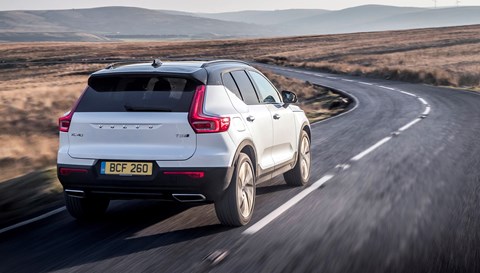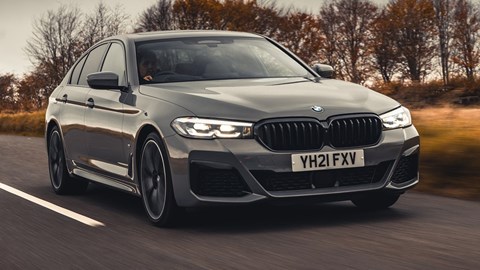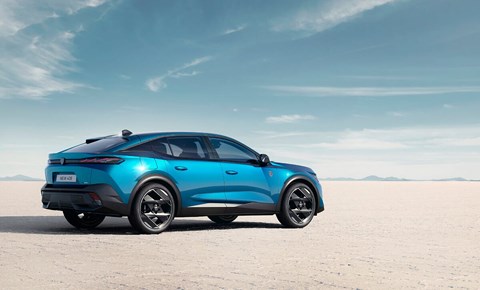► Plug-in hybrid cars explained
► How do they work?
► Should you buy one?
Hybrid cars are more popular than ever in 2023 – and for good reason. More economical and more environmentally-friendly than traditional, internal combustion cars, the best hybrids cars combine many of the benefits from EVs with the stress-free life of a petrol– or diesel–powered cars. Hybrid cars come in all shapes and sizes, the most popular type is a plug-in hybrid or (PHEV). On this page we’ll explain what they are, how they work – and how they’re different to other mild-hybrids.

What is a plug-in hybrid?
Plug-in hybrids combine the power of a traditional ICE (internal combustion engine) with power from an electric motor. This electric motor is powered by a battery, but unlike other types of hybrid – such as a self-charging hybrid – PHEV batteries are large, and can also be charged at home or a public charging network. Because of this, PHEVs have a larger EV-only range than other hybrids, meaning they run clean for longer. However, if the battery is totally depleted, PHEVs can still run on petrol like a conventional car.
What’s a PHEV?
A PHEV is just another name for a plug-in. PHEV stands for Plug-in hybrid electric vehicle, and better conveys the electric aspect of plug-in hybrid cars.

How does a plug-in hybrid car work?
On the simplest level, a plug-in hybrid uses three key components: an internal combustion engine, an electric motor and large battery. The electric motor is used to assist the petrol or diesel engine at times, but it can also power the car for long periods without the use of the ICE – effectively making the car an EV. However, if there’s no electrical energy, the car can be powered on petrol alone.
Hybrids get their electricity in two ways: Firstly, energy can be recuperated and sent to the battery from braking events and coasting, but PHEVs can also be plugged into a charge point just like an EV. The only difference here is that their batteries are smaller than EVs, and they don’t rely purely on electric power. Still, the batteries of plug-in hybrid cars are larger than mild-hybrids, which have an even smaller capacity.

What’s the difference between a plug-in hybrid and a mild-hybrid?
Both mild-hybrids and plug-in hybrids use a battery in combination with an electric motor and engine – but there are two key differences between the two types of tech. Firstly, plug-in hybrids can be topped up via a charger, whereas self-charging hybrids operate a closed-loop system. Secondly, plug-in hybrids use a much larger battery than their mild-hybrid counterparts.

Should you buy a self-charging hybrid?
If you’re able to keep it charged up, a self-charging hybrid comes with a range of benefits. Like an EV, a PHEV is clean and efficient around town – but it doesn’t come with the same range anxiety issues as a purely electric car. If the worst comes to the worst, you can always drive on petrol or diesel power alone.
However, if charging isn’t something you can incorporate into your life, it’s better to look at a self-charging hybrid – or something like a mild hybrid. PHEVs’ larger batteries come in handy for EV range when they’re full, but when empty they act as nothing more than ballast – and will reduce the mpg figure of the petrol engine alone. Simply put, plug-in hybrids only make financial sense if you’re prepared to use the hybrid element of them as much as you can.